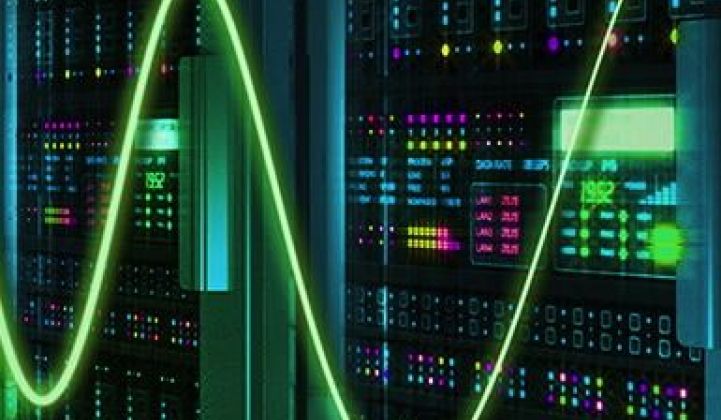Varentec has spent the past five years developing and testing a novel class of power electronics devices, capable of digitally managing voltage and power quality on the edges of utility distribution networks. Now it’s gearing up for the commercial-deployment stage of its growth -- complete with a new round of funding, and a technology it insists can serve as a standalone solution.
Last month, the San Jose, Calif.-based startup raised $13 million in Series C funding, led by new investor 3M New Ventures, and joined by previous investors Bill Gates and Khosla Ventures. The new round comes on top of $7.7 million raised in 2012 and $8 million in 2013, along with earlier Department of Energy and ARPA-E grants.
In the past six months, Varentec has also signed a contract manufacturing deal with Flex (formerly Flextronics), continued collecting and analyzing data from large-scale pilot projects with utilities such as Southern Company and Duke Energy, and added a new customer, Ontario, Canada-based distribution utility Entegrus. That’s also a pilot project, but unlike the rest, it’s aimed at solving a specific commercial problem, CEO Guillaume Dufossé said in an interview earlier this month -- doubling the amount of conservation voltage reduction (CVR) that can be squeezed out of the low-voltage grid.
Traditional centralized CVR systems have tended to reach minimal 1 percent to 2 percent reductions in power lost through keeping those grid voltages higher than they need to be, mainly because they’re limited to dropping voltages only as low as their worst feeders can bear.
But Varentec’s grid-mounted ENGO devices, scattered strategically around the distribution network, can inject reactive power in ways that stabilize voltages within a safe and efficient range on a circuit by circuit basis, achieving up to 5 percent savings, he said. And, unlike the complex modeling and centralized control of traditional CVR, they can do it all automatically.
“We’re really positioning ourselves as a grid-edge volt/VAR provider,” said Dufossé, a veteran of grid companies including Alstom, Areva, Schneider Electric and SunPower who joined Varentec in January to lead its move into commercialization. “We’re a complete system control platform.”
In other words, unlike the model-based, centrally controlled CVR schemes of the past, Varentec doesn’t need a supporting SCADA system, or a substation automation platform, or a distribution management system, to do what it does. That could be useful in lowering the cost of CVR for small to mid-size utilities, he said.
It can also solve more problems than CVR, Dufossé added. Take managing circuits with lots of distributed solar PV, which can cause voltage to rise as well as drop. That can happen multiple times a day, putting stress on the load tap changers, voltage regulators, and other traditional grid gear at the substations and medium-voltage distribution circuits that feed the rest of the network.
“In the context of distributed solar, our system works,” he said. Varentec has been demonstrating the ability to manage circuits with up to 50 percent of their power being provided by solar PV, through an as-yet-undisclosed pilot project, according to the CEO. It’s also working on integrating smart inverters into its grid edge management system (GEMS), the software platform that runs its networked devices, Dufossé said.
The new round of funding will help the startup scale up production of its devices, and start looking at international markets, Dufossé added. Varentec has pilots underway in Mexico and Australia, but is seeking opportunities in India and Europe as well. New investor 3M Ventures lends some help in this regard, he said, both with its global presence in utility materials markets, and advanced technologies like 3M’s sensored power cable for utility switchgear equipment.
Varentec’s technology is one of several that are bringing digital control over the waveform of power on today’s almost completely analog, wound-wire-and-magnets-controlled distribution grid. Power electronics devices like static VAR compensators, static synchronous compensators and other flexible alternating current transmission systems are in fairly wide use at transmission scale. But they’re too expensive, heavy and maintenance-prone for use on the wooden-pole-based distribution grid.
However, in the past decade or so, advances in the world of electric motors, power converters, electric-vehicle drives and other industries have made it possible for companies like Varentec, Gridco, GridBridge and Smart Wires to shrink these systems to pole-mounted size, manage waste heat without fans or other moving parts, and control what they do via on-board software and networked control.
GTM Research predicts the U.S. market for these devices will reach $320 million by 2017, based on the business case of solar PV integration alone. That’s not counting the potential market for CVR or other forms of voltage management.



